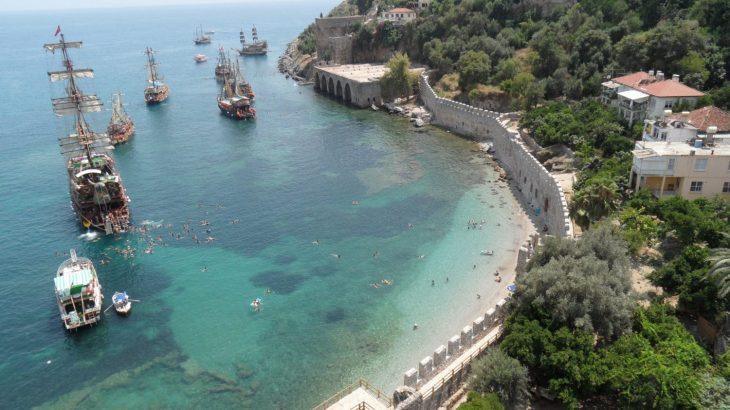The earliest written material in Anatolian Turkish is in Arabic script and dates back to the thirteenth century. Three main periods are recognized in the historical development of the Turkish language, based on written data: (1) the Old Anatolian language from the 13th to the 15th centuries; (2) Ottoman Turkish from the 15th to the early years of the 20th century; (3) modern Turkish since 1928. The linguistic basis remained completely stable, especially in the spoken language, so some poetic works, including ancient Sufi devotional chants and 14th-century Sufi edicts, can still be understood and appreciated by the average audience.
Development of the Turkish language
However, in the process of adaptation of Islam and Arab-Persian culture, the Turkish language and turkish to english translation gradually acquired many words and some synthetic elements from Arabic and Persian. As the Turks of the Ottoman Empire became the standard bearers of the world of Islam, borrowings from both Arabic and Persian began to persist to such an extent that by the 19th century an official or literary text in Ottoman Turkish could only be understood by the highly educated. an elite who spoke Turkish, Persian and Arabic.
elements from Arabic and Persian. As the Turks of the Ottoman Empire became the standard bearers of the world of Islam, borrowings from both Arabic and Persian began to persist to such an extent that by the 19th century an official or literary text in Ottoman Turkish could only be understood by the highly educated. an elite who spoke Turkish, Persian and Arabic.
Education of Modern Turkish
By the beginning of the 20th century, due to the disintegration of the Ottoman Empire caused by the First World War, national concepts denoting the self-determination of the Turkish nation led to the ridding of the language of excess foreign elements but not english to turkish translation. The 1928 alphabet reform led to the abandonment of the Arabic script and prescribed a phonetic Turkish written script based on the Latin alphabet; this was a key fact in the emergence of the modern Turkish language. The new writing system perfectly met the needs of the vowel-rich sound structure of the Turkish language. This led to the establishment of a clear modern national standard for the Turkish language, based on the dialect of Istanbul, the ancient capital of the Ottoman Empire, as well as the educational, cultural and intellectual center of the country.
